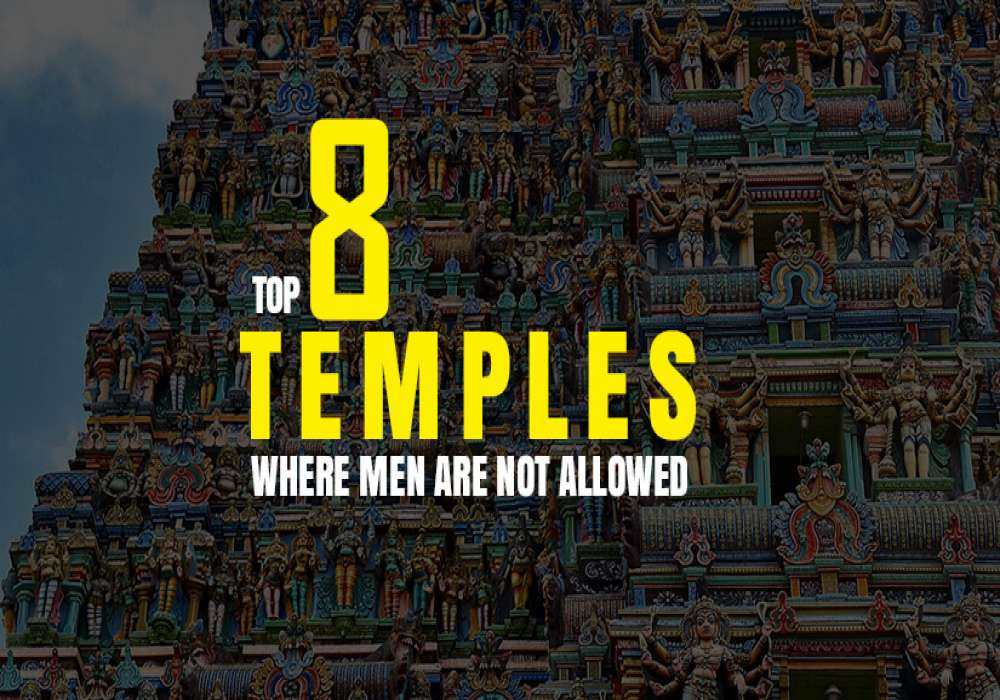
Last Updated At: 20-Aug-2025
8 Temples in India Where Men are Not Allowed
Are you shocked to hear that there are temples in India where men are not allowed? Don't be, because it is a fact!
There are no two ways about India being a patriarchal society and that men, for ages, have been at the center of major political and economical power here. In the context of religion, the pre-eminence of men can hardly be debated. In the backdrop of a male-dominated society, men are the custodian of many holy rituals as per the Hindu laws. Even though male and female gods enjoy the same kind of power and following, and there is an element of feminism in the Hindu religion, it still vests more powers in men vis-à-vis women.
Interestingly though, the Hindu religion also has a certain underlying nonconformist angle to its essence. The presence of female-only temples in India is a corroboration of the same. While you may have heard the recent conflicts regarding allowing women into temples where females are not allowed in India, we will cover eight temples in India where men are not allowed entry.
1. Attukal Bhagavathy Temple
It is a temple that accepts the dominance of women that is highlighted during the Pongal celebrations every year. During this festival, men are barred from accessing the temple premises. Not just that, there are a few other selected dates and festivals where men cannot enter through the temple doors.
The Temple finds a place in the Guinness Book of World Records too. Every year, during Pongal, the place transforms into a conglomeration of about three million women, making it the largest gathering of the female folk in a religious place.
Located in Kerala, in a small town called Attukal, the Temple was built in reverence of Goddess Bhadrakali, who killed Daruka, the Demon king born from Lord Shiva's third eye. During the Attakal Pongala festival, women from the region come together to offer bangles and prayers to the Goddess. The celebrations are heightened in the third shrine.
2. Brahmaji Temple in Rajasthan
Located in a small town in Rajasthan, Pushkar, this fourteenth-century Temple is one of the three temples in India dedicated to Lord Brahma. There are very few temples in the world built to worship Brahmaji.
It is another Temple in the country where men are not allowed entry during the entire year. It is because of a belief that it has made to the list of the female-only temples in India. As per local legend, Lord Brahma, who was only married to Goddess Saraswati, had to perform a yajna, but because his wife was getting late, he married Goddess Gayatri in this Temple to complete the rituals. His decision so angered Goddess Saraswati that she cursed the Temple that no married man ever can cross the Temple doors or else his marital life would be filled with unlimited stress and tension. Ever since, no man, especially married men, have entered the premises here or taken any chance with the place's sanctum.'
3. Kamrup Kamakhya Temple in Assam
This famous Temple located in the Nilachal Hills of western Guwahati in Assam is another temple in India where men are not allowed, of course not perpetually – just on certain days. As per local folklore and Hindu scriptures, the Temple or the Shakti Peetham is located at the exact place where Lord Shiva had performed his Tandava Nitriya around the dead body of Sati, his wife. The Temple was built in respect of Sati or Goddess Parvati.
The annual Ambubachi Mela is when the doors of the Temple are closed for men for about four to five days. During this time, the place is crowded with thousands of devotees, especially women. The religious place comes to life during these four to five days even though the Temple's main door remains closed. It is believed that the Goddess menstruates during this time, and therefore, even the daily rituals are performed by women priests or sanyasis. Only women devotees can access the premises of the Temple during these days. The pious menstrual red cloth of the Goddess is handed out to devotees.
4. Kumari Amman Temple in Tamil Nadu
It is believed that at this spot, Goddess Parvati did Tapasya to win Lord Shiva's love. She chose a desolate site surrounded by the mighty Indian Ocean for her prayers. The Kumari Amman Temple is located in Kanyakumari in Tamil Nadu. It is a completely female-only temple in India that does not permit married men to enter the premises. Unmarried men are still allowed inside but only till the gate. The Sanctorum of the premises has a specially-built temple of Kanya Maa Bhagwati Durga, where only females are allowed to enter and offer their prayers.
5. Mata Temple in Bihar
The Mata Temple in the Muzaffarpur district in Bihar is another temple where men are not allowed entry during certain days in the year. It is the time when the Mata has her periods. Only women are allowed inside with the Temple out-of-bounds, even for male priests during this time.
6. Trimbakeshwar Temple in Maharashtra
This Temple in Nashik in Maharashtra is one of the twelve jyotirlingas in India and is famous as a temple where females are not allowed in India. In a court ruling by the Bombay High Court in 2016, it was notified that if the Temple Sanctorum is inaccessible for women, it is fair that even men are not allowed entry into this space ever since both men and women have been barred from entering the interiors of this Temple. The entry to the Temple is highly restricted at present equally for men and women.
7. Chengannur Bhagavathy Temple in Kerala
The southernmost state of Kerala is home to the most number of temples in India where men are not allowed. The Chengannur Bhagavathy Temple in Chegannur town is another such temple where males are denied permission to enter during certain days. It is when the Goddes are believed to be menstruating, and therefore, male devotees need to stay out of bounds.
This period marks the Thripputthu festival when the temple doors are temporarily closed for men for three to five days. Besides the festival, local narratives mention that the Goddess here bleeds once every two to three months. When the male priest notices bloodstains on the Goddess' cloth, he ensures that Thazman Matt's female priest conducts the daily rituals. The Goddess idol is moved to a special room outside the Sanctorum with the Temple closed for the given days. On the fourth day, the idol is given a bath by women devotees in the Pamba Riven. The ritual is called Arrattu, and only after the bath are male priests allowed to offer their prayers again,
8. Kamakhya Temple in Andhra Pradesh
Built on the lines of the Kamakhya Temple in Assam, this is another temple in India where men are not allowed. The temples follow almost all the temple rituals in Assam, including stopping men from entering the Temple premises during certain days during the year. The Temple has been built in reverence of Goddess Saharakshi and Lord Kameshwara.
Wrapping up the list of top 8 temples in India where men are not allowed, there are many more obscure temples where men are not given admittance to the inner sanctum of the temples. Plan a visit to any of these temples, selecting the best tour package at Adotrip, and know more about distinctive culture and traditions practiced in our country.
Frequently Asked Questions About Indian Temples Where Men Are Not Allowed
Q1. Which are the Temples where are men not allowed?
Ans. Attukal Bhagavathy Temple, Brahmaji Temple, Kamrup Kamakhya Temple, Kumari Amman Temple, Mata Temple, Trimbakeshwar Temple, andChengannur Bhagavathy Temple.
Ans. During this 4-day period (usually in June), the temple is closed to everyone—men and women alike.
A. Yes, unmarried girls can absolutely visit the Kamakhya Temple—there is no restriction based on marital status. Women of all ages, including unmarried girls, are welcome to enter and seek blessings, as long as they aren’t visiting during the Ambubachi Mela, when certain entry restrictions are observed.
--- Published By Arpita Mathur
Latest Blogs

Cash in the Wild: My Safari Adventure Across Kenya with Only...

One Day Picnic Spot Near Pune - Adventure, Trekking and Natu...
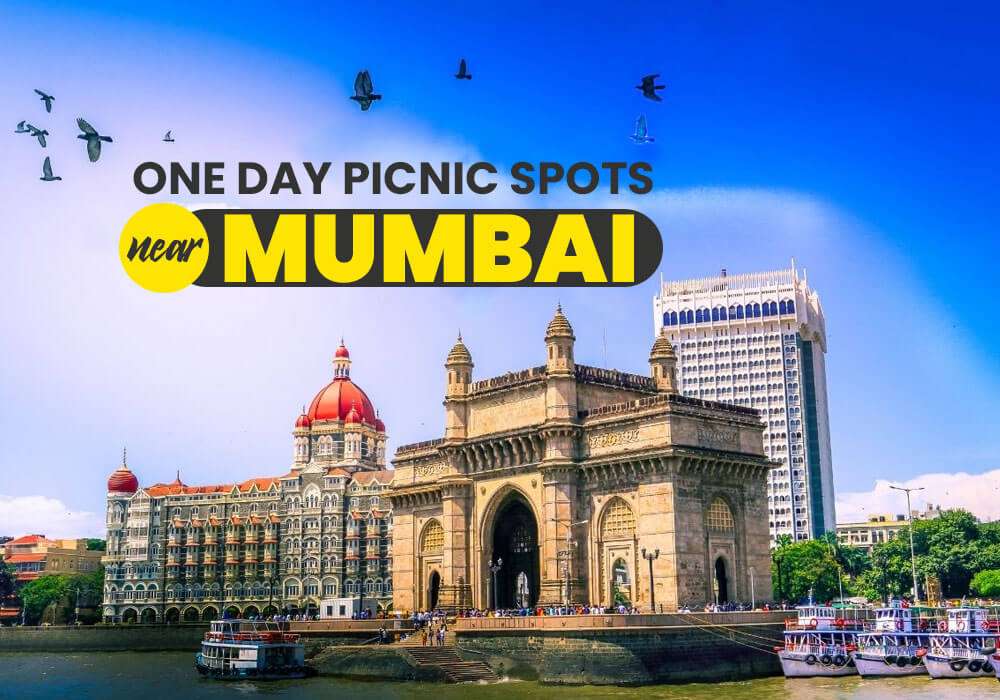
One Day Picnic Spots Near Mumbai - Monsoon, Adventure, Beach...
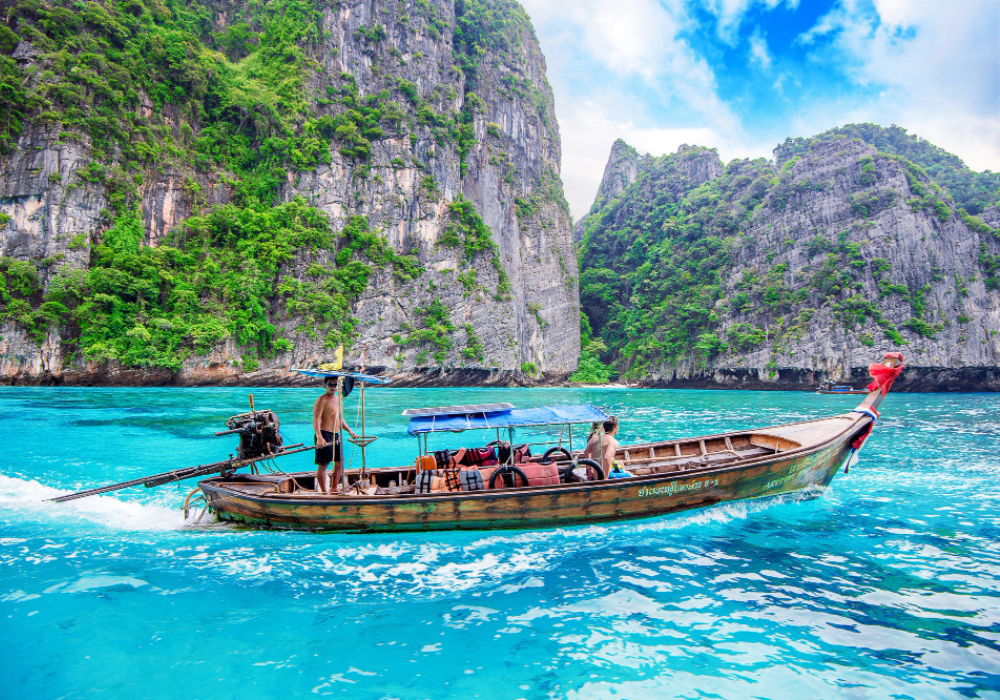
The Best Places to Go in Thailand in 2025
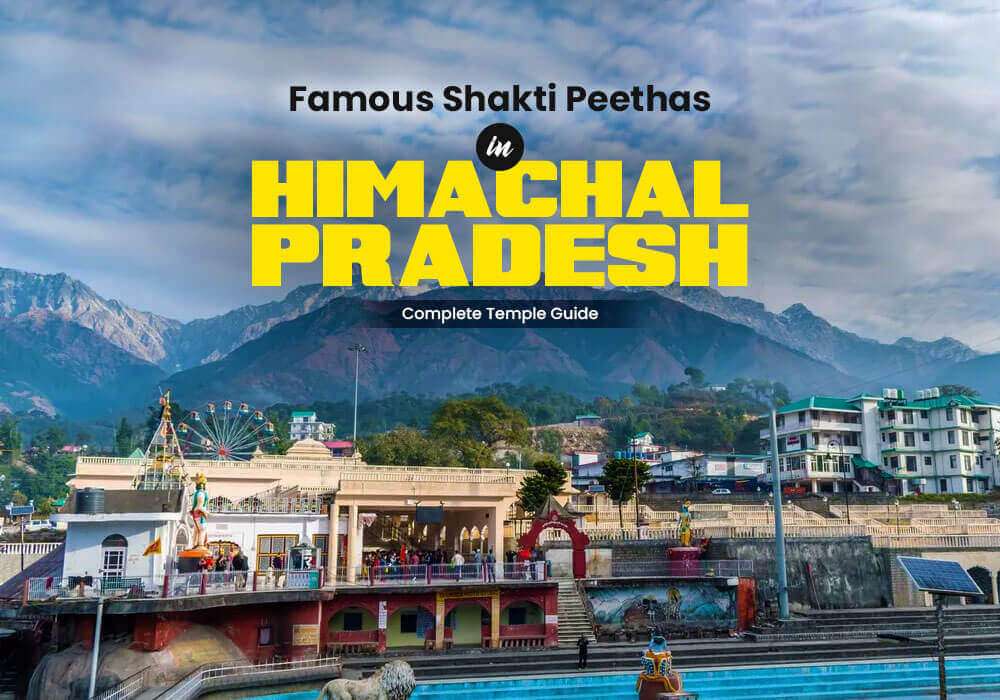


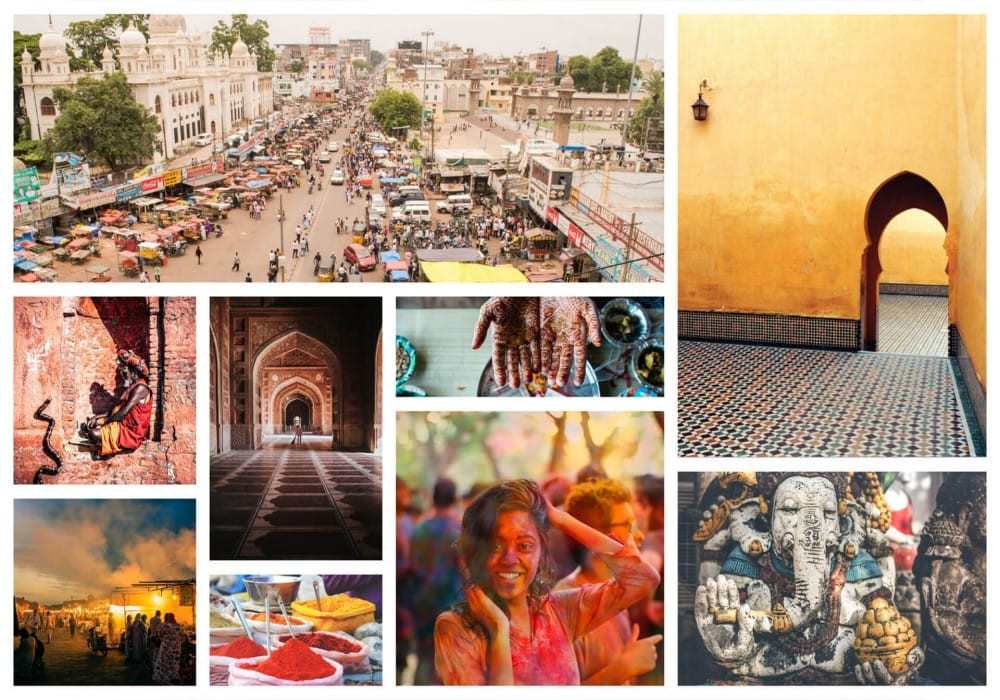
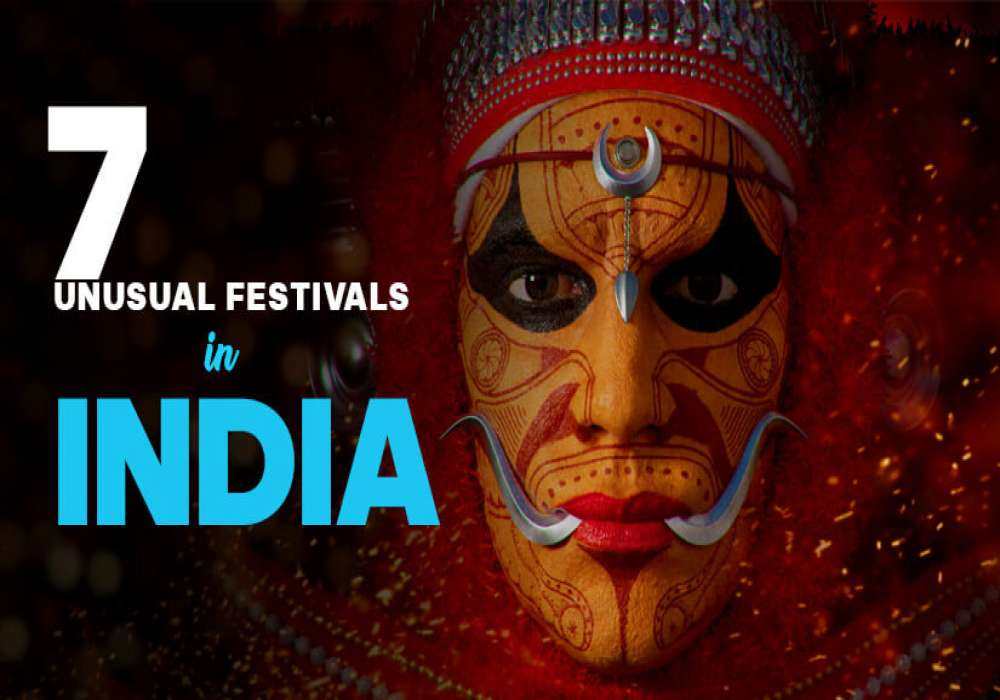
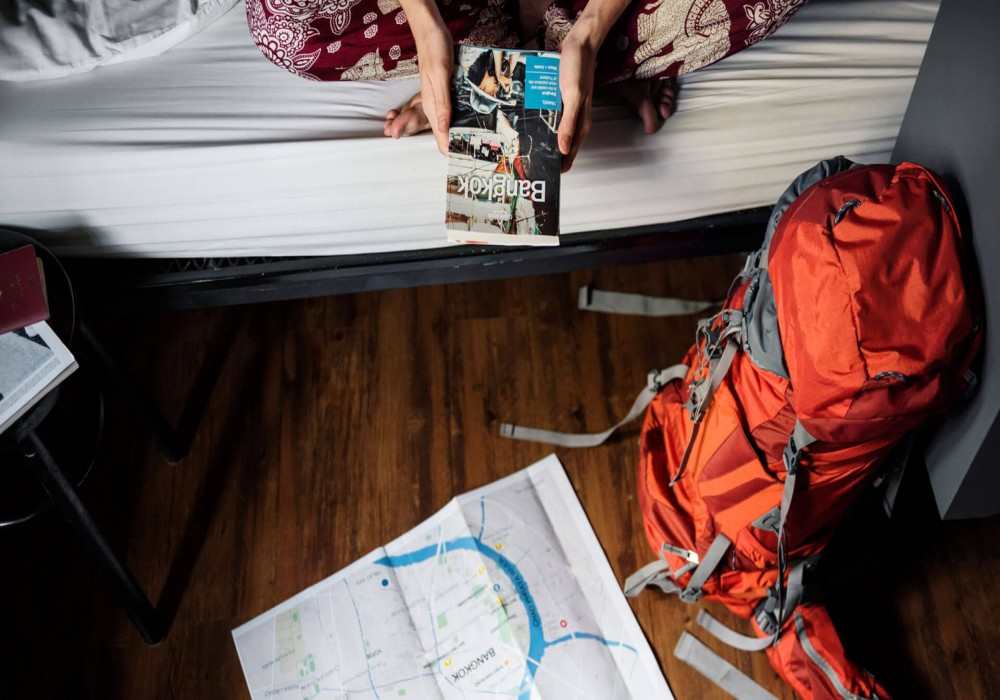

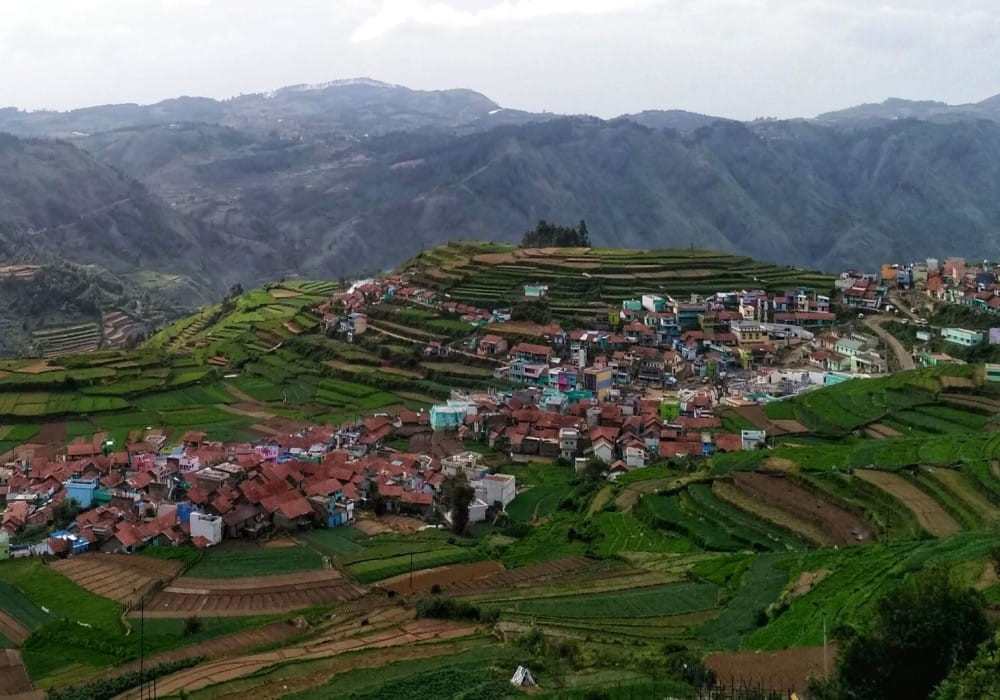
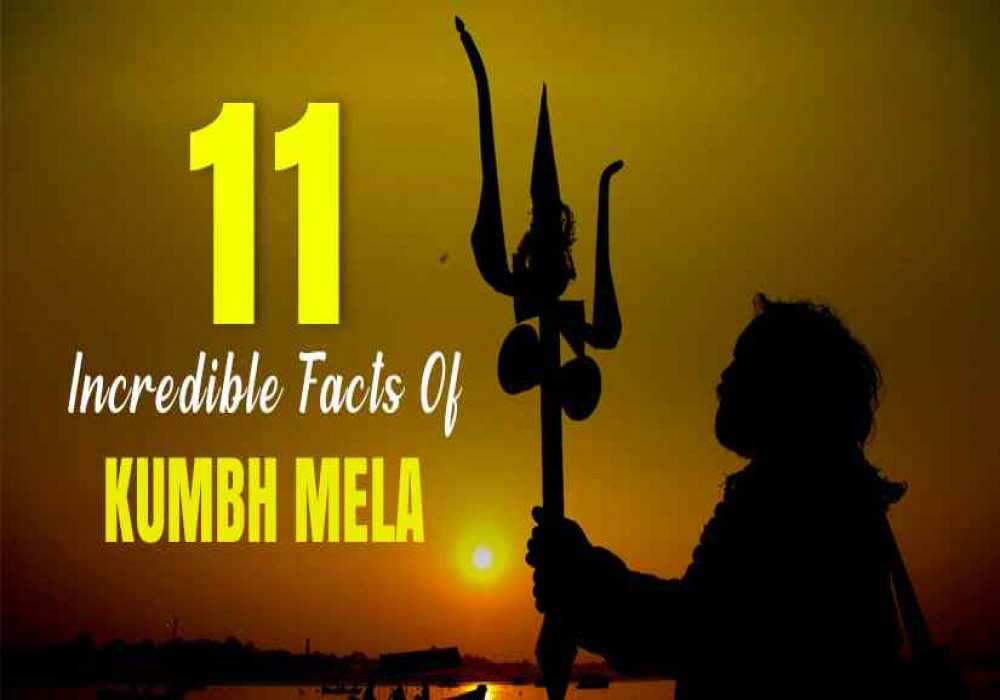
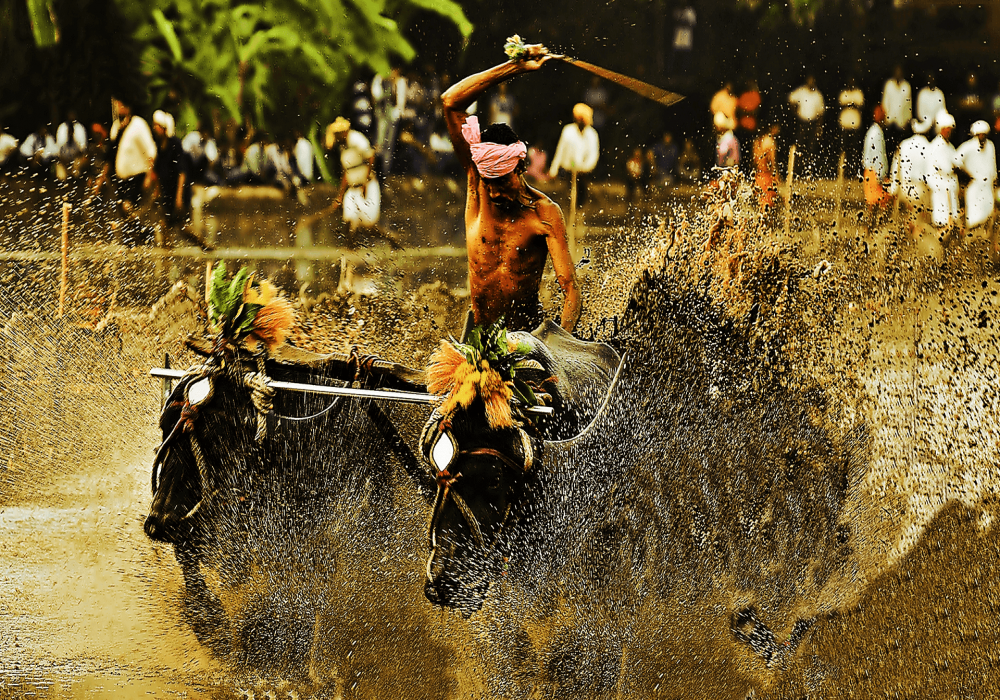

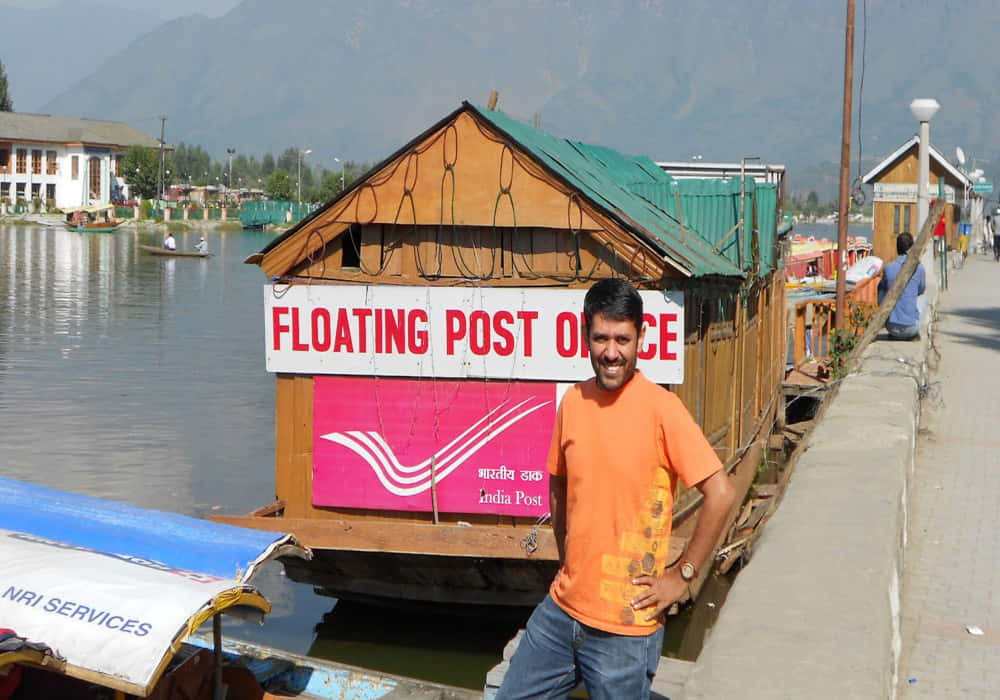
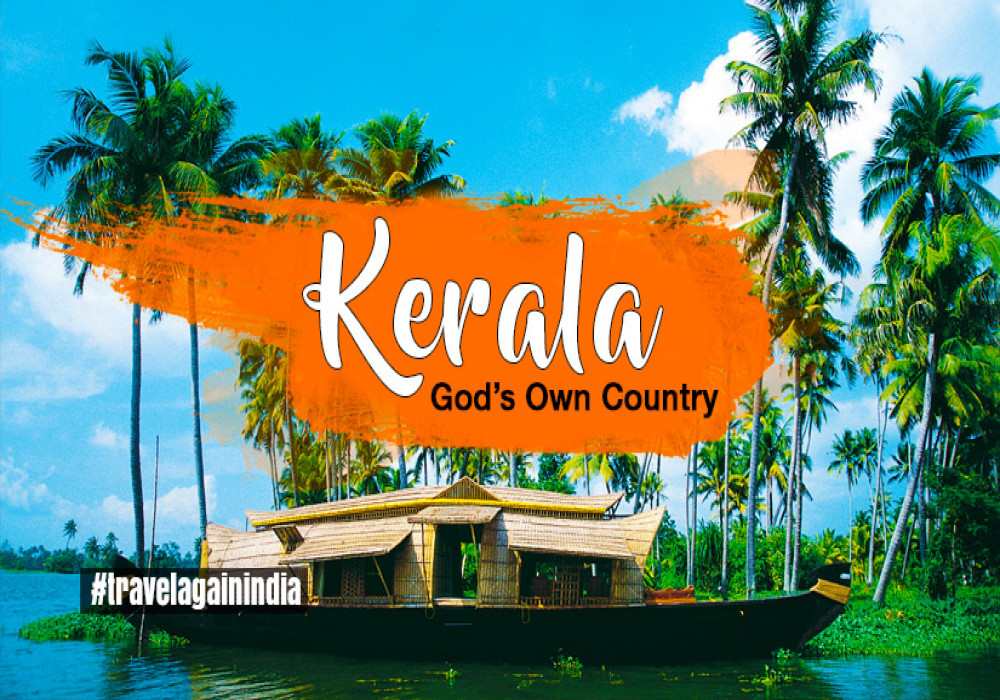
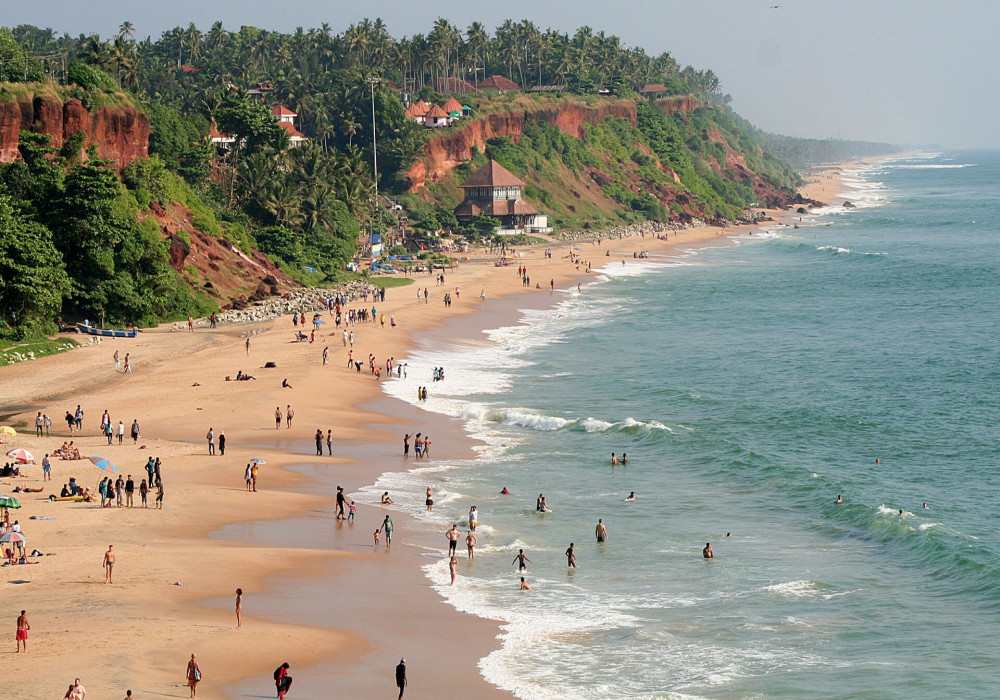
 Dubai
Dubai Malaysia
Malaysia USA
USA





